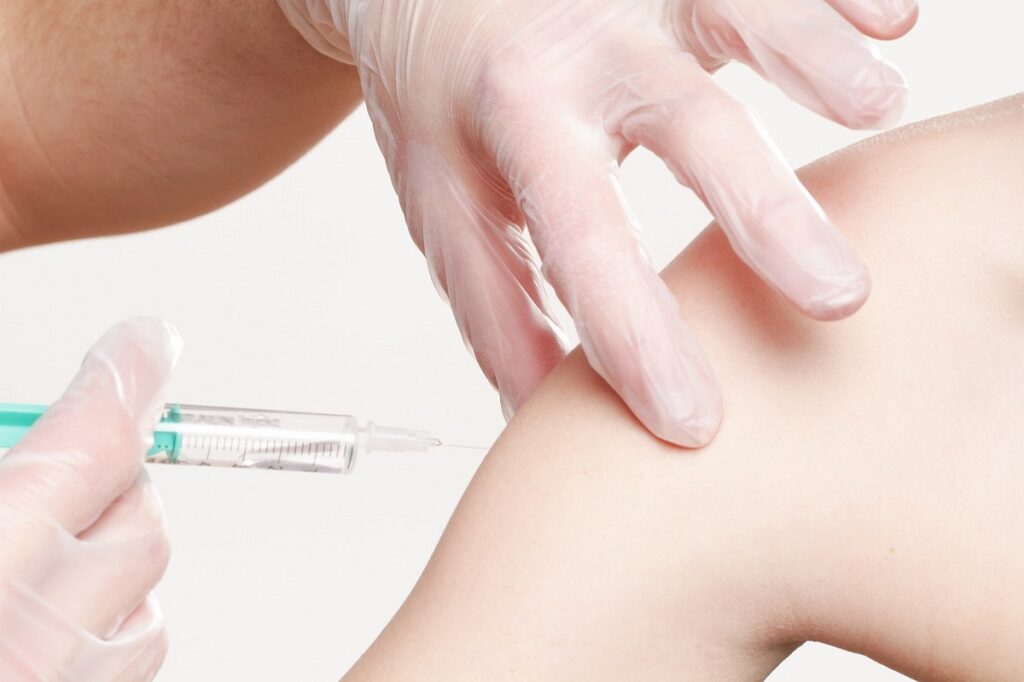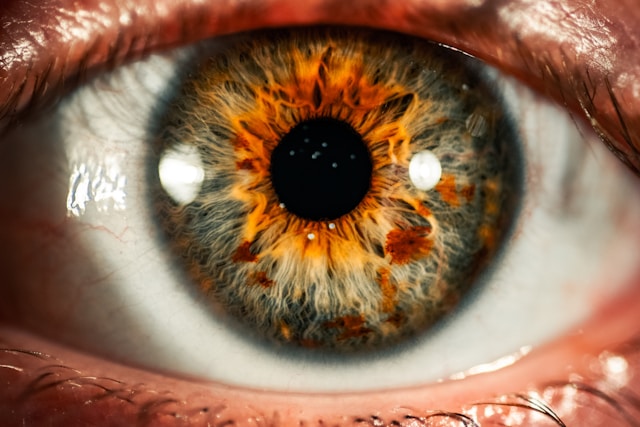People in rural areas of the United States have received COVID-19 vaccines at a lower rate than people in urban areas, and the problem is growing worse, according to the U.S. Centers for Disease Control and Prevention (CDC).
The rural-urban disparity in COVID-19 vaccination status has nearly doubled since April 2021, and this disparity is likely due to higher rates of vaccine hesitancy and lower levels of patient engagement during provider interactions, the CDC reports.
In urban counties, 75.4% of people aged five and older had received at least one dose of the vaccine as of Jan. 31, while in rural counties only 58.8% percent of that age group had been vaccinated, CDC says.
According to a previous CDC report, the gap was smaller in April 2021, with 45.7% of urban residents receiving at least one dose of the COVID-19 vaccine compared to 38.9% of rural residents. This indicates that differences depending on geographic location have more than doubled in the last nine months.
Why are there disparities in vaccination status?
Among the factors that may have contributed to this disparity, CDC lists the following:
- “Access to health care remains challenging in rural counties,” where residents were more likely than their rural counterparts to report being underserved by hospitals or local health care providers even before the pandemic.
- Varying views on the seriousness of COVID-19 and the need for prevention strategies “are often shaped by sociocultural identities and political ideologies that vary across the urban-rural continuum.”
- Vaccine hesitancy was always higher in rural areas, even for routinely recommended vaccines, and it continues with the new COVID-19 vaccines. “Adults in rural areas were nearly three times as likely to report that they ‘definitely won’t’ get a COVID-19 vaccine than were those in urban areas.”
Given the greater vaccine hesitancy in rural areas, the CDC notes that “targeted efforts are critical to increase vaccine confidence to address gaps in vaccination coverage.”




